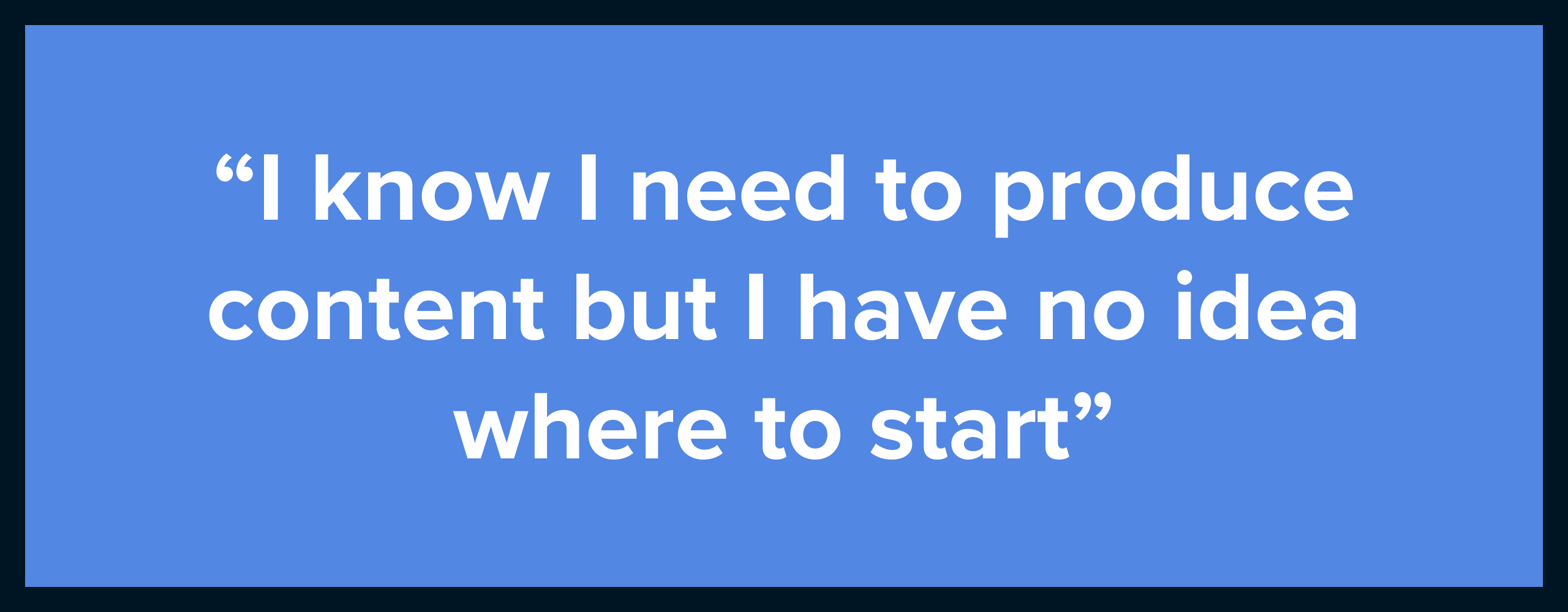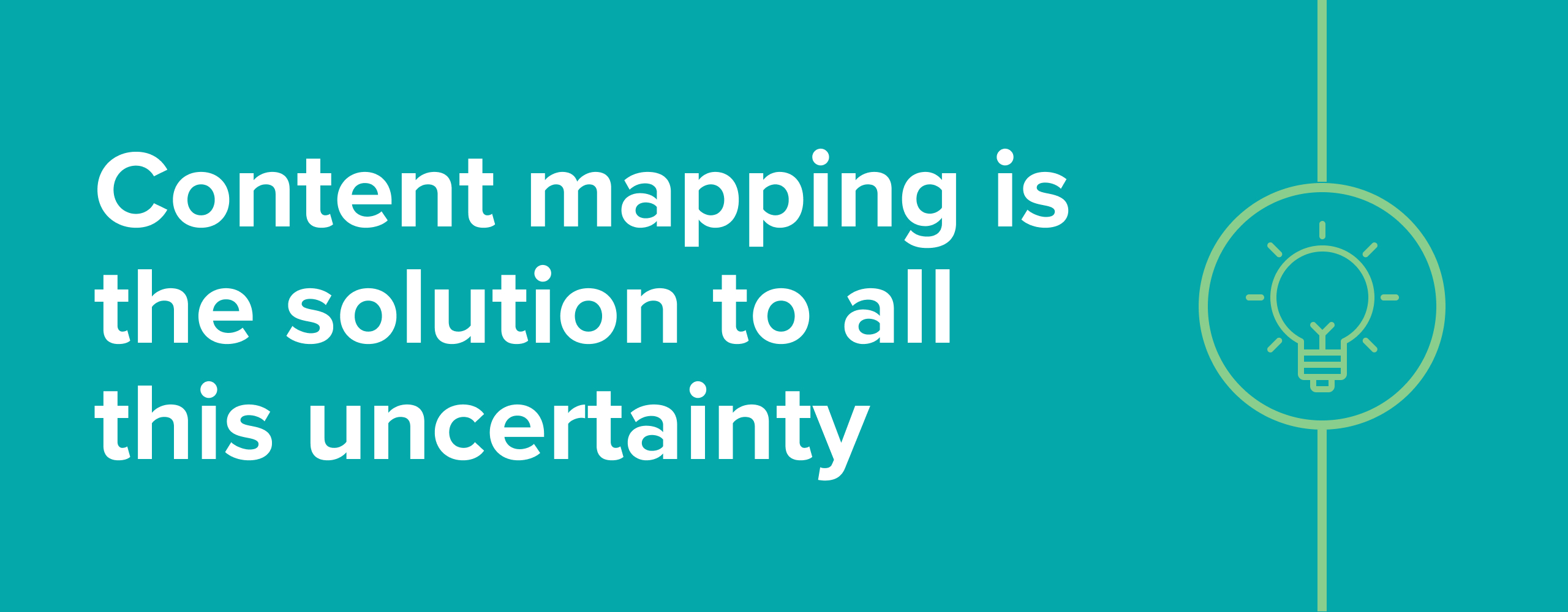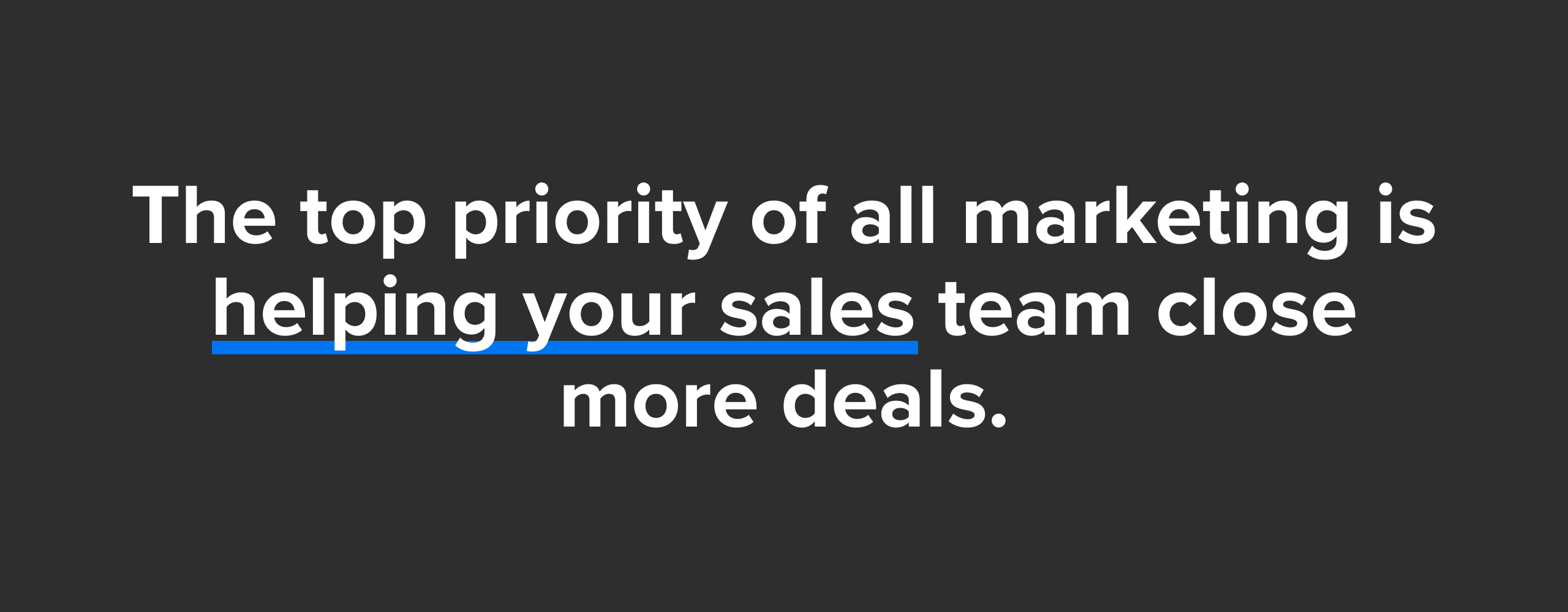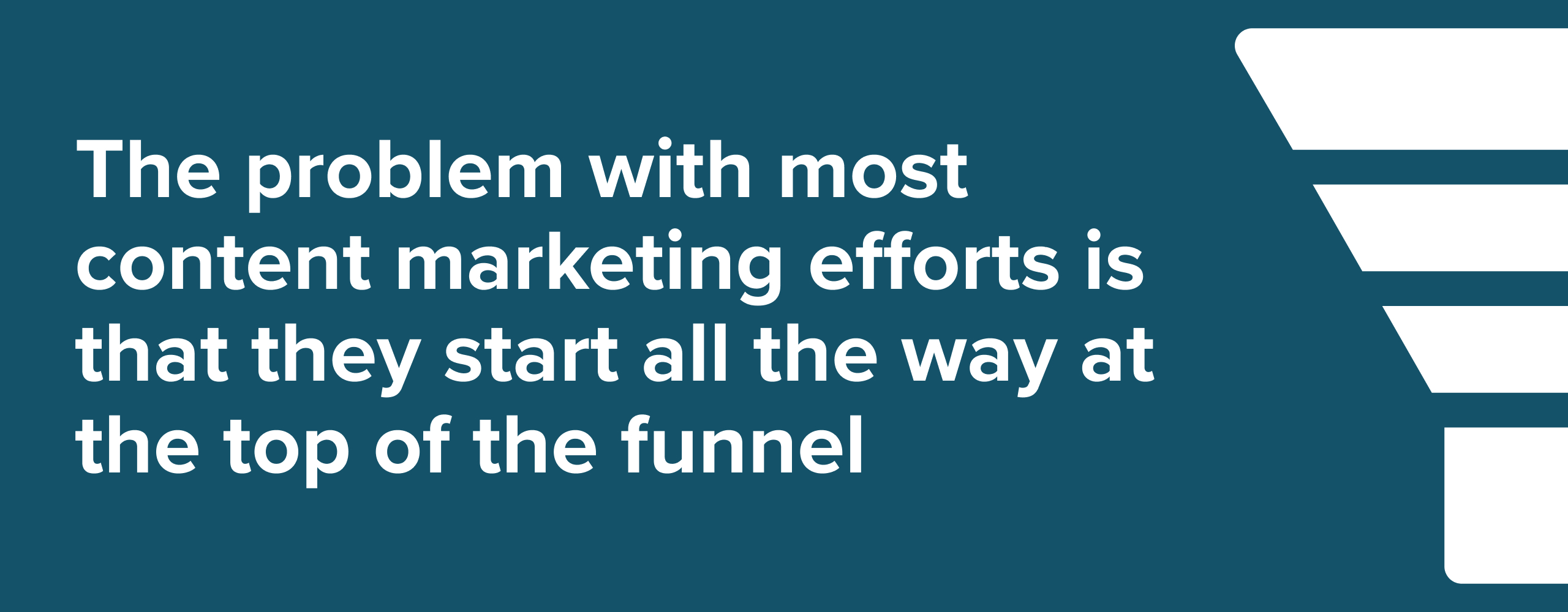Subscribe now and get the latest podcast releases delivered straight to your inbox.
When I start working with a new client, they’re usually in the I know I need to produce content but I have no idea where to start camp.
And I get it.
Content marketing can be hard. And it’s certainly overwhelming.
This all becomes even more complicated if you’ve tried content marketing in past (or paid an agency to do it for you). This means there’s also the difficulty of knowing what to do with older content that’s probably aging like warm milk.

(Do you take down all those posts about the early days of the pandemic? About moving to your new office? About that new product you launched in 2019?)
Content mapping is the solution to all this uncertainty. Just like a real map, a content map is a way to know where you are, where you’re headed, and how long it will take to get there.
Without it, you’ll forever wander, unsure if you’re headed in the right direction.
The blunder of marketing without a map
Content marketing is nothing new. The premise has been around at least since 2008. In the time between then and now, most companies have had some kind of content marketing initiative.
And most have been terrible. (It’s true. Most business blogs are self-serving, their YouTube videos are boring, and their social posts are thinly-veiled sales pitches.)

When you don’t have a map, you’re likely to thrash around awkwardly, taking a few steps in one direction and then backtracking the other way.
In a lot of cases, marketers without a map jump in and make one of two mistakes:
- Mistake #1: They go all-in on traffic. If they go this route, marketers are likely to produce troves of fluffy content that’s only designed to get clicks. And while organic traffic is nice, if the people coming to your site have no intention of buying, it’s not going to do anything to bring in revenue.
- Mistake #2: They produce bland, derivative content. This one’s especially true if you hire an agency or a freelancer to write your content. Where’s the first place they go to do their research? Google or ChatGPT. The result is content that’s interchangeable with everything written by your competitors. It’s safe, boring, and totally forgettable.
These mistakes have real consequences.
More and more distance between marketing and sales
In a perfect world, your marketing and sales teams are tightly aligned, and the messaging in your marketing materials lines up perfectly with what buyers hear from your sales reps.
But this type of meandering, aimless approach to content marketing furthers the divide between marketing and sales. For every stop and start, for every useless piece of content, salespeople become more skeptical of what marketing produces.
They’re less likely to share an article or a video from the marketing team. And, as a result, your sales reps have to work harder to close each deal, creating materials from scratch, hoping they don’t have to undo any damage done by the marketing team.
The result is content that’s disorganized, inconsistent, and doesn’t deliver any actual revenue to your company. Then, company leaders find themselves saying, “well, we tried content marketing and it didn’t work for us.”
I hear that frustration. I’ve worked with dozens of business leaders who’ve felt lost and frustrated. Which is why they need a content map.
The #1 goal of all content marketing
I’m going to go out on a limb here. The top priority of all marketing is helping your sales team close more deals.
This is the low-hanging fruit. This is how content you produce today and have an impact tomorrow — not four months from now when it finally appears in a SERP.

If you, as a marketer, can produce content that will help a salesperson close a prospect, you are doing more good for your company than if you ranked #6 for some long-tail industry keyword.
Here’s how you can get started making content that matters.
Step 1: Map out the journey of your buyers, including your sales process
If you haven’t done this already, shame on you. (Or, better yet, reach out to one of our sales trainers. We can help!)
Either way, once you have your sales process mapped out, you can clearly see the steps a customer has to take to buy from you.
Tip: When mapping out the stages of the buyer’s journey, start with the earliest stage being something like “problem aware” — which just means they know they have a problem and are trying define and quantify it.
The last stage of the buyer’s journey should be something like “customer becomes an advocate” — really you’re looking beyond the initial purchase.
Step 2: Fill in the map with questions, doubts, and sticking points
Once you’ve mapped out the journey your buyers take, it’s time to put yourself in the shoes of the buyer. Brainstorm with your sales team what common questions buyers ask or think about at each stage of their journey. Identify what doubts buyers have about purchasing at each stage of their journey. Identify sticking points that buyers need resolution on at each stage of their journey.
Then start to associate these questions with the stages of buyer’s journey. Refine these questions, doubts, and sticking points into article topics through keyword and intent research or even asking your sales team what language is used when this topic comes up.
Step 3: Start creating content for the stages closest to when people spend money
The problem with most content marketing efforts is that they start all the way at the top of the funnel, hoping to fill up the top so more customers come out of the bottom.
Wrong.
Start at the bottom of the funnel. Produce content for that buyer who has ALMOST made up her mind to buy from you. If 80% of prospects in her position buy from you, create content that gets that number up to 90%.
The effect will be tremendous.

Step 4: Focus on customer education
Right before the customer signs, what’s going through his mind? What are his last few questions before he’s ready to take the leap? Does he want to know about the cancellation policy? About the onboarding process? About the setup fee?
Now, imagine right before he asks that question, just as its forming in his mind, the sales rep emails and says,
“Hey Matt, before we meet tomorrow I thought you might have a few final questions about our cancellation policy. So, I wanted to send along an FAQ resource that should cover most of the things you’re wondering about. If you have any additional questions, be sure to bring them up in our meeting on Thursday.”
Step 5: Repeat, working toward the top of the funnel
Next, start working toward the top of the funnel. At each decision point, create content that’s going to ease the tension, answer the question, or address the concern.
Remember, you need to teach the way people want to learn. If something’s easier seen than read, use video. If your buyers need something thorough, you should write it. A bunch of quick answers? Use an FAQ format.
Align your content with the buyer’s journey
The key to making content that matters is aligning it with your buyer’s journey. And don’t worry about vanity metrics. Instead of fluffy top of the funnel that’s unlikely to contribute to your bottom line, start close to the sale — and focus on buyer education.
This is the strategy and framework your content needs. This is the map that gets you from confusion to clarity.


Order Your Copy of Marcus Sheridan's New Book — Endless Customers!
.png?width=50&height=50&name=Brian%20(1).png)
